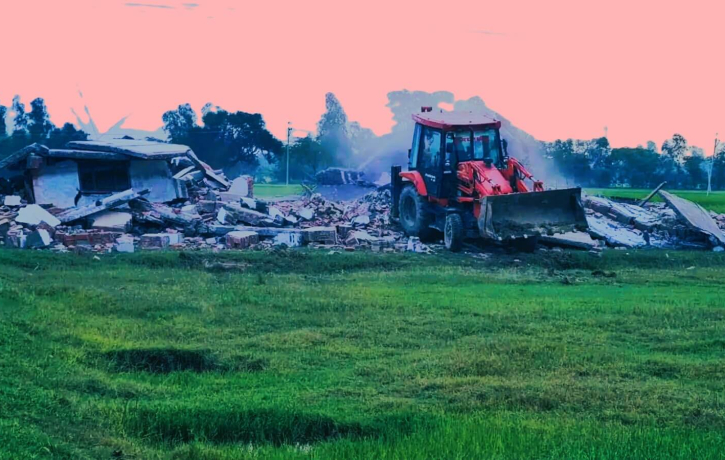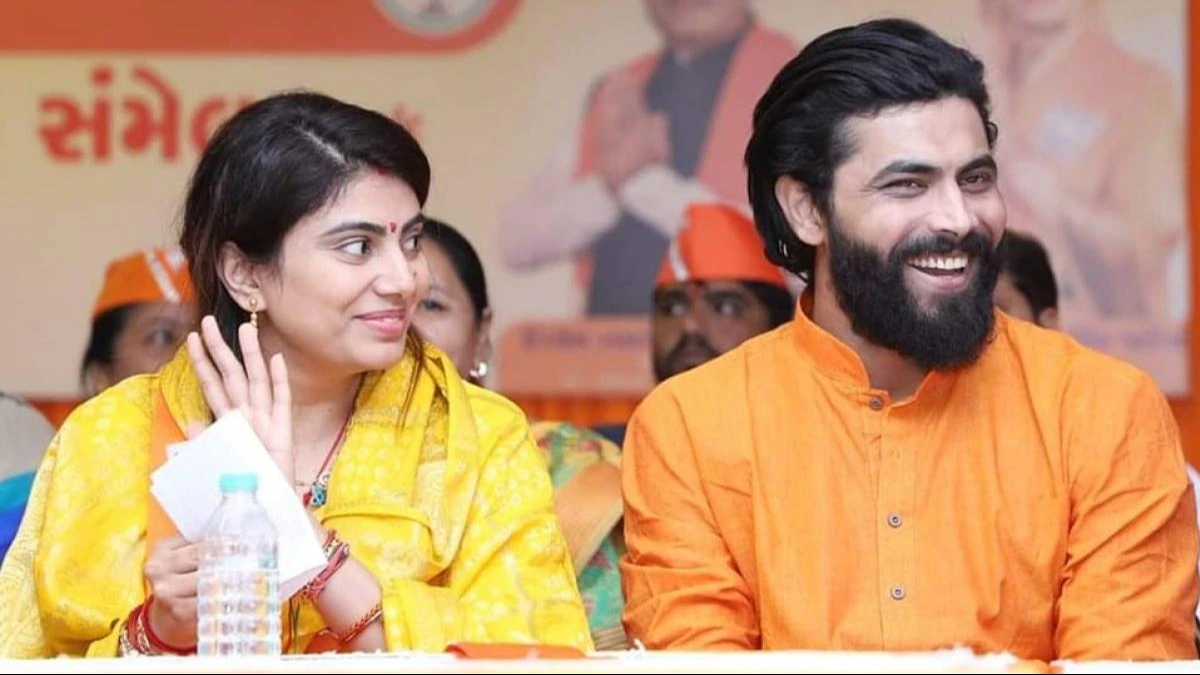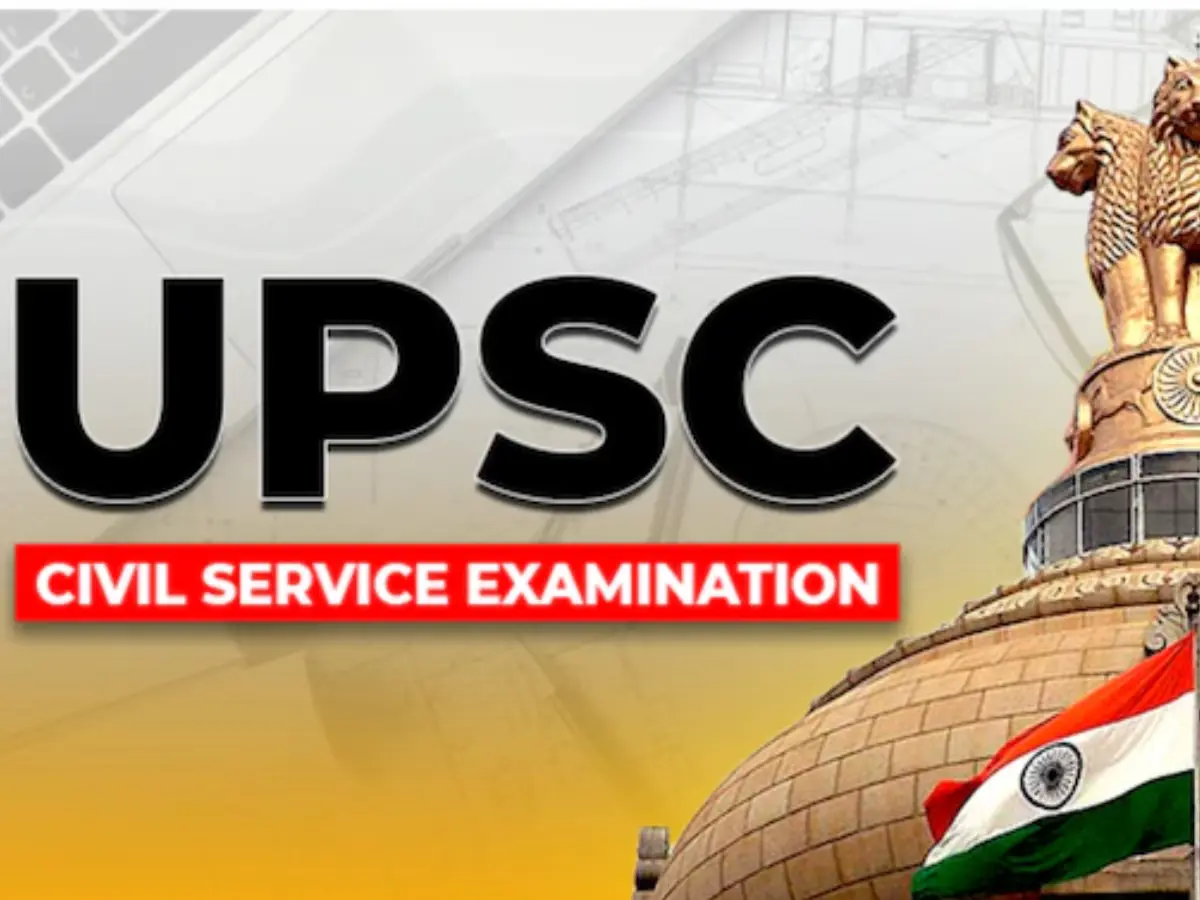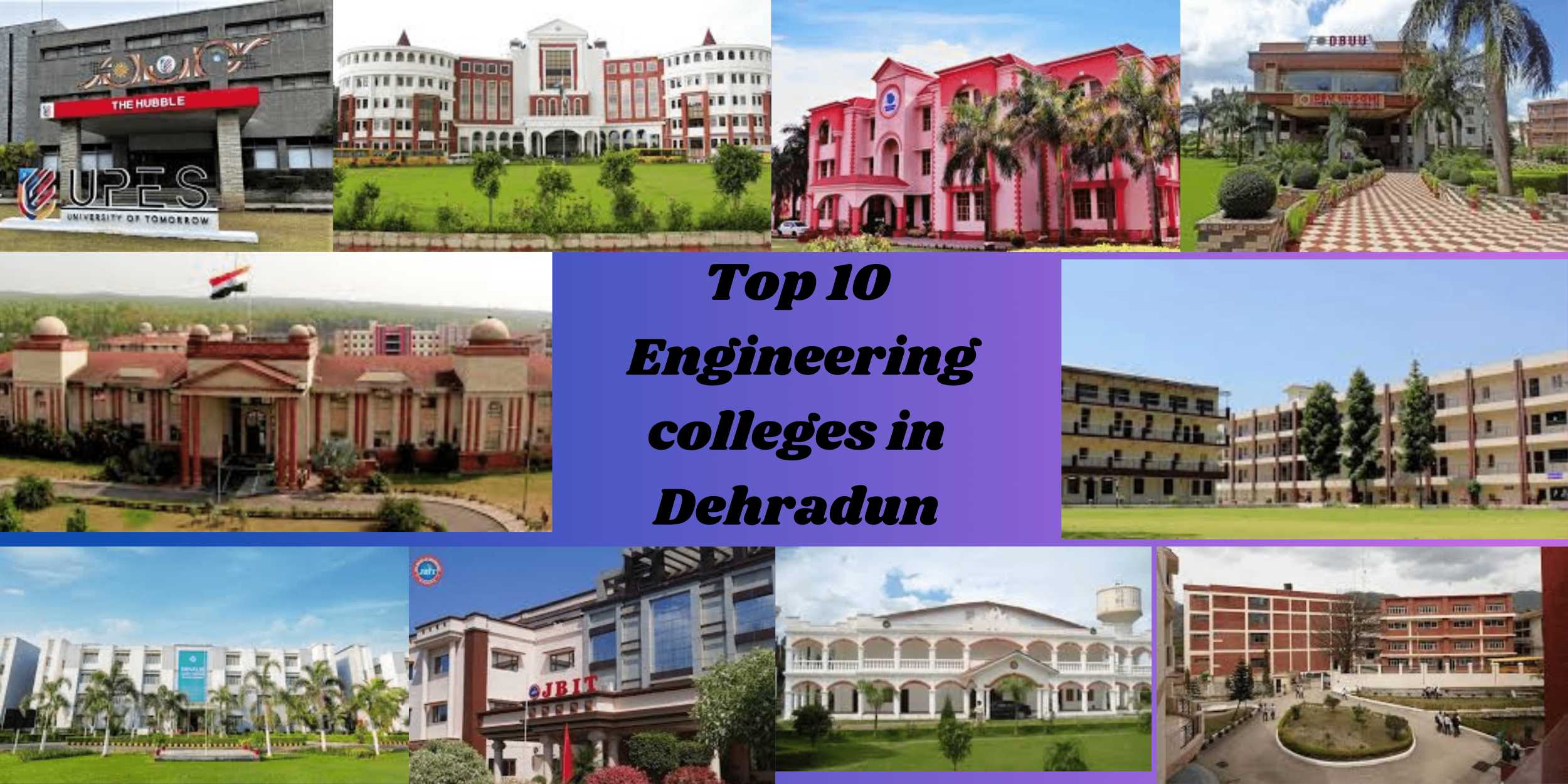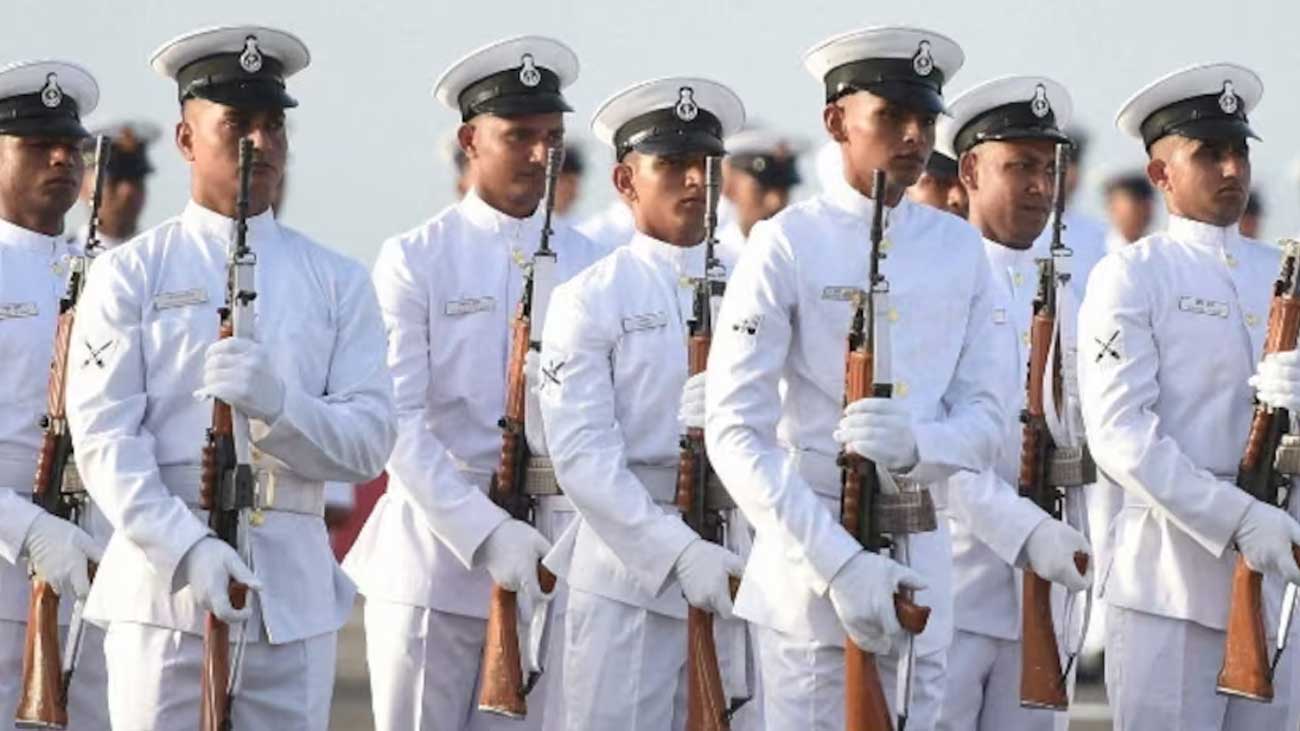Uttarakhand Madrasa, The picturesque foothills of Uttarakhand became a stage for a disturbing drama as a planned demolition of a local madrasa in Haldwani sparked violence. Over 50 police officers, caught in the crossfire of a clash with a local mob, were left injured. This escalation led to the imposition of a controversial “shoot-at-sight” order in the area, raising eyebrows about the proportionality of force used.
The roots of this conflict lie in the contested legality of the madrasa. Authorities, armed with legal pronouncements, deemed it an unauthorized structure and moved in with demolition equipment. This action, however, ignited a firestorm of protest among local residents. For them, the madrasa wasn’t just bricks and mortar; it represented a cornerstone of their faith, a place of religious instruction and community. They saw the demolition as an infringement on their religious rights, a violation of their deeply held beliefs. This emotional attachment fueled their fierce resistance, leading them to hurl stones at police and officials in a desperate attempt to defend their sacred space.
The violent escalation resulted in a scene of chaos. Injured personnel on both sides were rushed to hospitals, while damaged vehicles served as grim reminders of the clash. A palpable sense of unease settled over Haldwani, a stark contrast to its usual tranquility. The “shoot-at-sight” order, a drastic measure intended to quell the violence, cast a long shadow, raising concerns about the potential for further bloodshed.
This incident lays bare a complex issue simmering beneath the surface in India: unauthorized religious structures. On one hand, authorities have a legal obligation to uphold the law, and unauthorized constructions, regardless of religious purpose, cannot be condoned. On the other hand, for the devotees, these structures represent a vital connection to their faith, a space that nourishes their spiritual well-being. This clash of perspectives highlights the delicate tightrope walk between upholding the law and respecting religious autonomy.
The path forward in Haldwani remains unclear. Will peace prevail, or will tensions continue to simmer? The need for open dialogue and mutual understanding is paramount. Authorities must engage with the local community, not just to enforce the law, but also to understand the emotional significance of the madrasa. Local residents, too, must recognize the need to find a solution that respects the legal framework. Open communication, perhaps mediated by religious leaders and community figures, could be the key to finding a middle ground.
Violence, as always, serves as a stark reminder of its destructive nature. It leaves behind a trail of injuries, damaged property, and a deep sense of animosity. In Haldwani, we stand at a crossroads. One path leads to further violence and social unrest. The other path, the more arduous one, requires empathy, understanding, and a willingness to compromise. Let us hope that the stakeholders involved choose the latter path, one that prioritizes both religious freedom and legal responsibility. Only then can Haldwani heal and rebuild, not just its physical structures, but also the trust and harmony that were so tragically fractured.
This incident also raises questions about the larger issue of religious minorities in India. The right to practice one’s faith freely is a fundamental right enshrined in the Indian Constitution. However, navigating this right within the legal framework can be a challenge, especially for minority communities. The Haldwani incident presents an opportunity for India to re-evaluate its approach to unauthorized religious structures, ensuring a balance between upholding the law and respecting the religious sentiments of its diverse citizenry.

